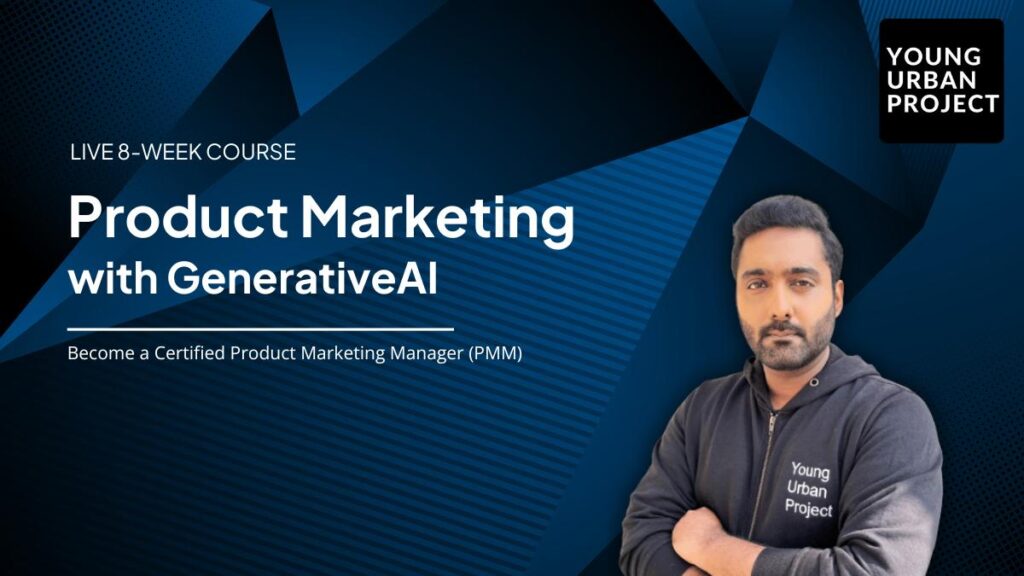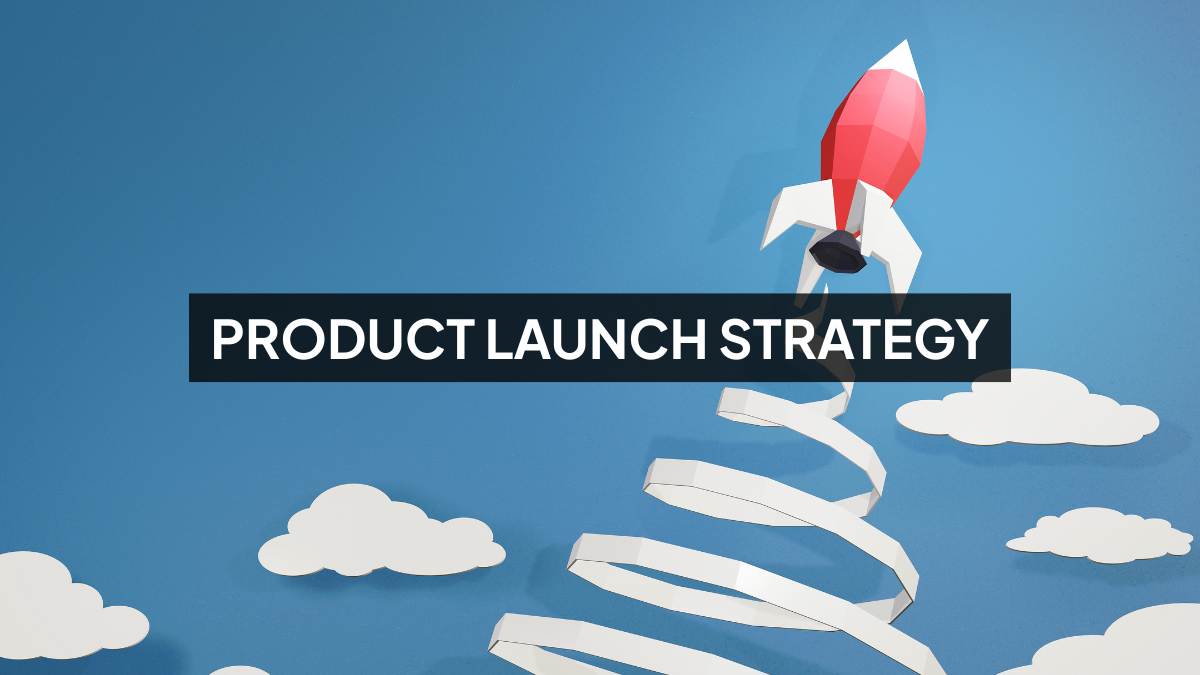What is a Product Launch Strategy?
Honestly, a product launch strategy is your “north star.” It’s the why and what behind your launch, why you’re launching, and what success actually looks like. Unlike tactical checklists, strategies are less detailed, but infinitely more directional.
- Soft launch: Think invite-only or beta release, very targeted and quietly tested.
- Full‑scale launch: Big splash. Media outreach, paid ads, influencer activations, email campaigns, the works.
Examples:
- A SaaS startup invites 200 beta users to get feedback before going global.
- A new fitness app rolls out a public launch with heavy PR and social media buzz.
In essence, the strategy sets the stage. The plan, that comes later.
Why Do You Need a Product Launch Strategy?
A good strategy isn’t optional, it’s central. Here’s why:
- Aligns your team
Raises awareness across functions, marketing, design, sales, support. Everyone knows the why and for whom. - Reduces risk
You’re not guessing. You’ve tested assumptions, mapped weaknesses, and built in checks. - Builds buzz
Strategically seeding anticipation creates early momentum, likes, shares, sign-ups, PR hits. - Focuses metrics
Not just downloads, but key metrics like activation, retention, PR reach, CAC, tracked from day one.
Without a strategy, your launch is a random event. With it, it’s a coordinated, purposeful campaign.
Product Launch Strategy vs. Product Launch Plan
It’s easy to blur these together, but they’re distinct:
| Strategy | Plan |
| Vision, goals, audience, KPIs | Timeline, tasks, ownership, channels |
| “Why now? Who’s it for?” | “Who does what, and when?” |
| High‑level messaging pillars | Content calendar, email sequences, launch events |
Example:
- Strategy: Launch an AI-powered budgeting app targeting Gen‑Z with a 10K acquisition cost, aiming for 5K sign‑ups in 3 months.
- Plan: Design landing page by May 10, run FB ads starting May 15, host two live webinars in June, send drip emails, recruit 10 micro‑influencers to post on launch day.
If Strategy is your destination, the Plan is your route map.
Also Read: Why Most Product Launches Fail
Table of Contents
Core Elements of a Successful Product Launch Strategy
This is the juicy part. Let’s unpack it deeply:
1. Define Your Launch Goals and Metrics
Before anything else, pause. What does success even mean?
Think across buckets:
- Revenue: ARR, MRR, early sales volumes
- Adoption: % of users who activate/pay
- Brand reach: Media pickups, social shares, community mentions
Track these core KPIs:
- CAC, CPX
- Sign‑ups vs visits
- Activation, retention, churn
- CSAT or NPS for early users
Use frameworks like Heart (Happiness, Engagement, Adoption, Retention, Task success) or AARRR (Acquisition, Activation, Retention, Referral, Revenue).
For example: Acquire 5K beta users (A), get 50% activation within a week (A), drive a 20% referral ratio (R).
2. Understand and Segment Your Target Audience
You probably know “everyone” isn’t a customer. Dig deeper:
- Personas: Age, job roles, behavior, pain points, tech preference
- Segmentation: Early adopters, power users, occasional users
- Data sourcing: Interviews, surveys, forums, user reviews
One favorite trick: build an early adopter persona, someone who’s tech-savvy, opinionated, willing to try things imperfectly. These folks are your first cheerleaders.
3. Craft a Compelling Product Narrative
This is the storytelling engine:
- “Why now?” frame, what’s changed in the world, or in technology, that makes your product timely?
- Problem → solution storytelling, clear, relatable, emotional.
- Messaging pillars, customized for each target segment.
- Frameworks you can lean on:
- PAS – Problem, Agitate, Solution
- StoryBrand – Customer as hero, brand as guide
- Jobs‑to‑be‑Done – The job they’re hiring your product to do
- PAS – Problem, Agitate, Solution
Yes, you can (and should) test headlines and visuals early, maybe even A/B test your messaging with small groups or ads.
Also Read: Product Launch Plan
4. Channel Strategy: Promote Across the Right Platforms
This is where your narrative meets the world.
You need to be super intentional here, not every channel will work equally well. Choose based on where your audience already spends time, not where you want them to be.
Common channels to consider:
- Website & Landing Pages
Your core digital storefront. Make it frictionless. Highlight your value prop in the first scroll and use testimonials, demo videos, or a clear CTA (like “Join Beta” or “Try for Free”). - Email Sequences
One of the highest ROI channels. Pre-launch email warming (behind-the-scenes, waitlist perks), launch day announcements, post-launch onboarding… it’s all about nurturing, not just blasting. - Social Media Blitzes
This isn’t just “post a launch graphic.” Create momentum. Share sneak peeks, behind-the-scenes stories, founder voice notes, memes even (if they fit your tone). - Paid Ads
Meta, Google, TikTok, depends on your audience. Use paid channels to retarget visitors, amplify your content, or drive traffic to key actions like sign-up or waitlist join. - PR Outreach
If you have something newsworthy (a big funding round, innovative use case), pitch it. Use PR to create credibility and get backlinks for SEO. - Product Hunt, AppSumo, BetaList
Especially for tech/SaaS products, these platforms can bring niche but high-intent audiences. - SEO-Optimized Content
Launch with long-form content optimized for keywords your audience is searching, especially comparisons, use cases, and how-tos.
Pro tip: Use UTM parameters to track what’s actually working, don’t guess.
5. Influencer & Evangelist Marketing
This is your trust engine.
People believe people, especially those they already follow. Use this to your advantage:
- Micro vs Macro Influencers
Micro (10K-50K followers) often convert better. They’re niche, cost-effective, and have tighter communities.
Macro (100K+) are great for awareness but expensive and not always ROI-positive. - How to find them?
Look for creators already talking about your space. Use platforms like Modash, Collabstr, or just manual IG/LinkedIn sleuthing. - Leverage existing users
Encourage testimonials, reviews, and UGC (user-generated content). Incentivize it. People love sharing tools that make them look smart. - Affiliate or Referral Programs
Give early evangelists a reason to spread the word. Dropbox grew 3900% with this. Build it into your launch.
6. Team Alignment & Internal Rollout
This part often gets skipped, and it’s a mistake.
Your internal team needs to be just as hyped and ready as your external channels.
- Sales Enablement
Build decks, FAQs, demo scripts. Arm your sales team with the right messaging. - Cross-functional Sync
Create a central Notion doc or launch HQ. Use Slack channels, weekly syncs, and a shared Miro board for visibility. - Beta Test Feedback Loop
Take insights from early users and share it across teams. It’ll sharpen your product and your pitch.
Also Read: 10 Creative Product Launch Ideas
How to Build a Product Launch Strategy from Scratch
Here’s a simplified blueprint if you’re building your first launch strategy:
- Define the Scope
Will it be a beta, regional, or global launch? Will you open access to all or create exclusivity? - Research Deeply
Dig into your market. What do competitors do well? Where do they fall short? - Nail Your Target Users
Not everyone is your audience. Pick the top 1-2 segments who will benefit the most. - Set KPIs That Matter
Decide early: Are you measuring signups, MRR, engagement, or virality? - Create Feedback Loops
Don’t just launch. Learn. Keep capturing and feeding user insights into your strategy.

Enroll Now: Product Marketing Course
Pre-Launch, Launch & Post-Launch Activities
Let’s break this into 3 phases.
1. Pre-Launch: Build Anticipation
- Waitlists
Use tools like Beehiv or LaunchList. Make people feel like insiders. - Sneak Peeks & Teasers
Share product walkthroughs, day-in-the-life posts, or “X days until” countdowns. - Email Warmup
Drip value-based content to your list. Don’t just pitch, educate. - Influencer Seeding
Send beta invites to key creators before the launch date.
2. Launch Day Execution
- Internal Launch First
Hype up your team before you go public. Launch parties, Slack bombs, whatever fits your vibe. - Coordinated Drops
Hit all channels (email, socials, PR, ads) on the same day, consistency amplifies impact. - Live Sessions
Host a webinar or LinkedIn Live. Demo your product, answer questions. - Real-Time Monitoring
Track mentions, feedback, bugs, use tools like Mention, Intercom, or even Twitter search.
3. Post-Launch Optimization
- Collect Feedback
Surveys, support chats, usage heatmaps, all of it counts. - Fix & Polish
Don’t wait a month to fix bugs. Fast iteration wins love. - Refine Messaging
See what resonated and what didn’t. Tweak your story accordingly. - Keep Nurturing
Guide users deeper into your product with onboarding emails, check-ins, and feature spotlights.
Real-World Product Launch Strategy Examples
Let’s get real with a few battle-tested strategies:
1. Notion – Invite-Only Beta Strategy
Notion grew like wildfire by not launching publicly. Their invite-only beta built FOMO, and early adopters became their biggest champions.
2. Tesla – Preorder Hype Machine
Tesla opens up preorders years in advance, collects deposits, and uses unveil events like Hollywood premieres. It’s not just a product launch, it’s a spectacle.
3. Duolingo – Gamified Onboarding
Duolingo turned its launch into a habit. Daily streaks, rewards, and playful UX created long-term user stickiness from day one.
Final Thoughts
Launching a product is never just about pressing “go.” It’s about building intention into every step, from how you understand your audience to how you tell your story and rally your team. A smart product launch strategy isn’t just a blueprint; it’s your chance to set the tone for everything that follows.
And yes, it can feel overwhelming. But when you break it down, goals, channels, team alignment, audience segments, it becomes a series of thoughtful, manageable moves. Each one builds momentum.
The truth? Even if you don’t get it perfect (no one does), a clear strategy keeps you grounded and focused. You’ll adapt better, learn faster, and show up stronger with each iteration.
So take your time. Build it right. Because when your launch is intentional, the results speak for themselves.
FAQs: Product Launch Strategy
Q1. What makes a product launch strategy successful?
Success comes from clearly defined goals, deep customer insight, strong internal alignment, and choosing the right channels. You also need flexibility, the ability to learn, adapt, and tweak as feedback rolls in post-launch is what keeps momentum alive.
Q2. How far in advance should I start planning a product launch?
It’s best to start planning 3 to 6 months in advance. That gives you enough time to do user research, craft messaging, align your team, and test early ideas before your product hits the spotlight.
Q3. What are the most common mistakes in product launches?
Rushing the process, skipping research, unclear messaging, or poor team coordination are big ones. Another? Launching without a feedback loop. You need to hear from users early and often to guide decisions after the big day.
Q4. Can a product be re-launched if the first launch fails?
Yes, absolutely. Many brands stumble on their first go. The key is learning from what didn’t work, user feedback, positioning, timing, and using that insight to relaunch smarter and more confidently.
Q5. What KPIs should I track post-launch?
Focus on meaningful engagement: activation rates, retention, churn, user satisfaction (like NPS), feature usage, and conversion rates. These tell you if your product is actually helping people, not just attracting them.
Q6. Should every product have a different launch strategy?
Definitely. Different products serve different markets, audiences, and use cases. What works for a mobile app won’t work for B2B SaaS. Your strategy should match the product’s context and the customer journey.

